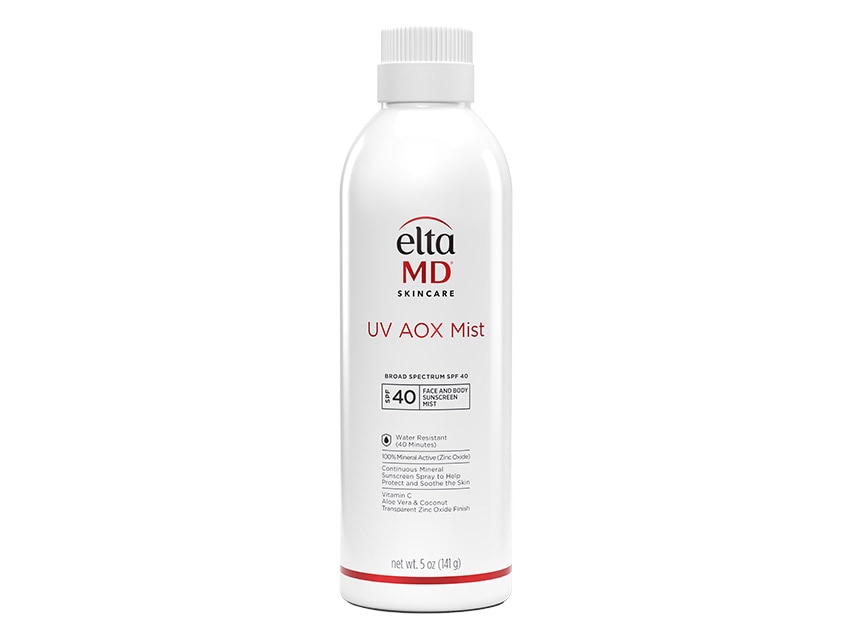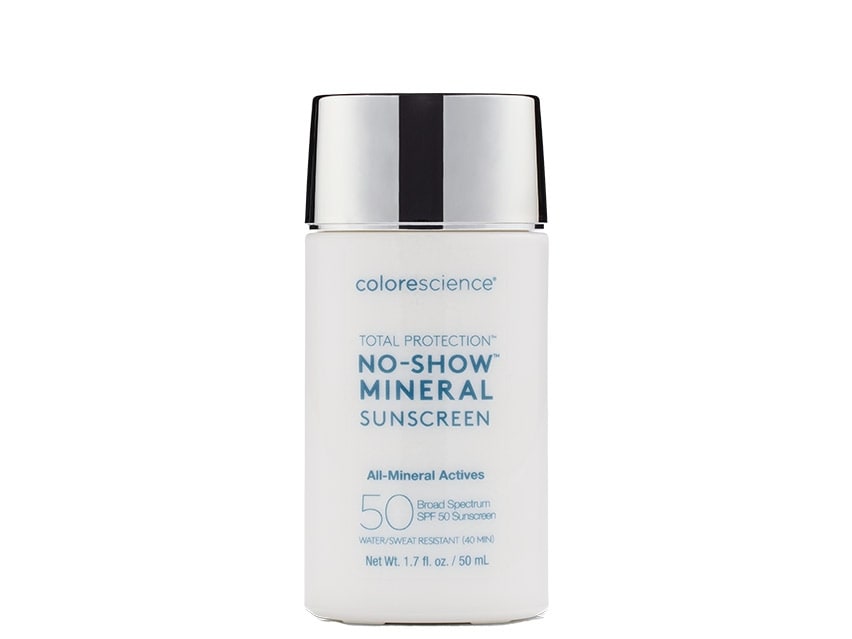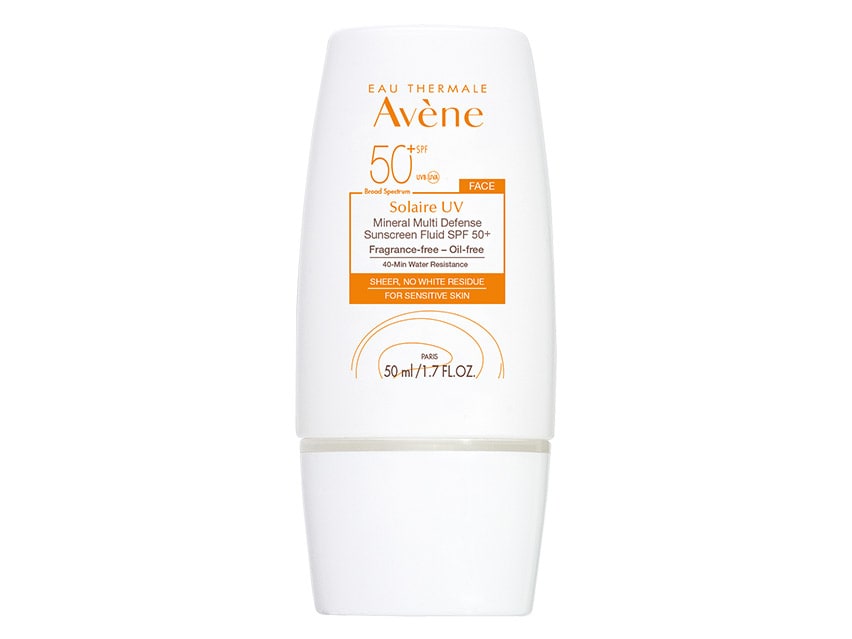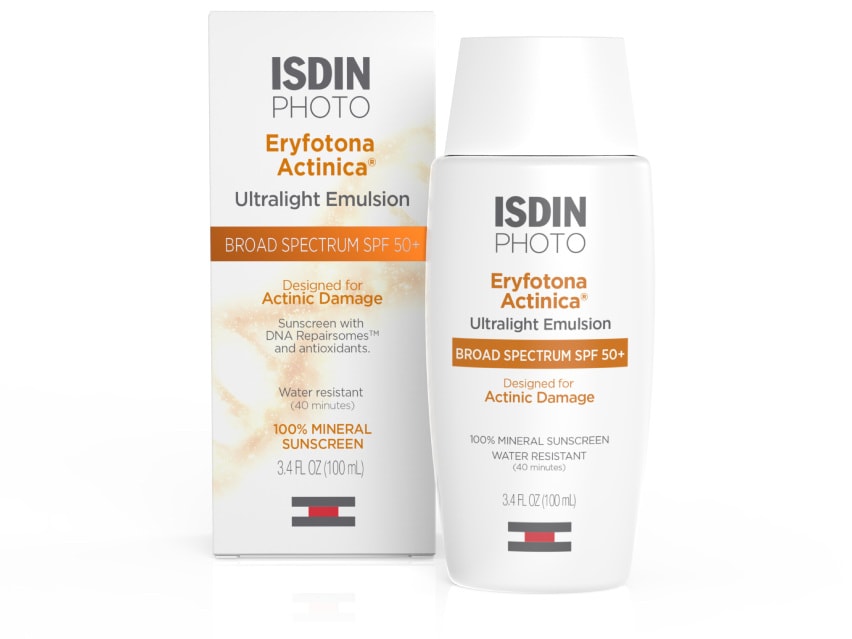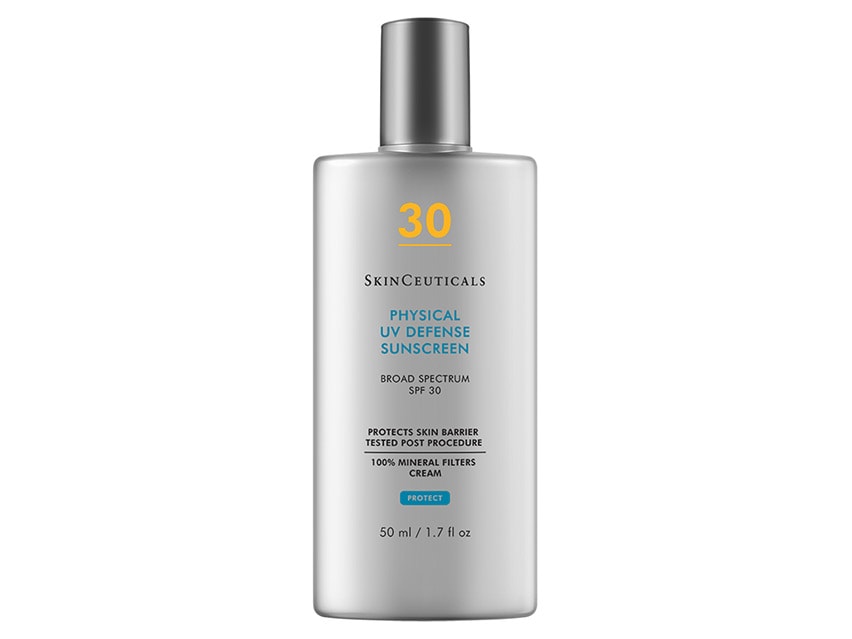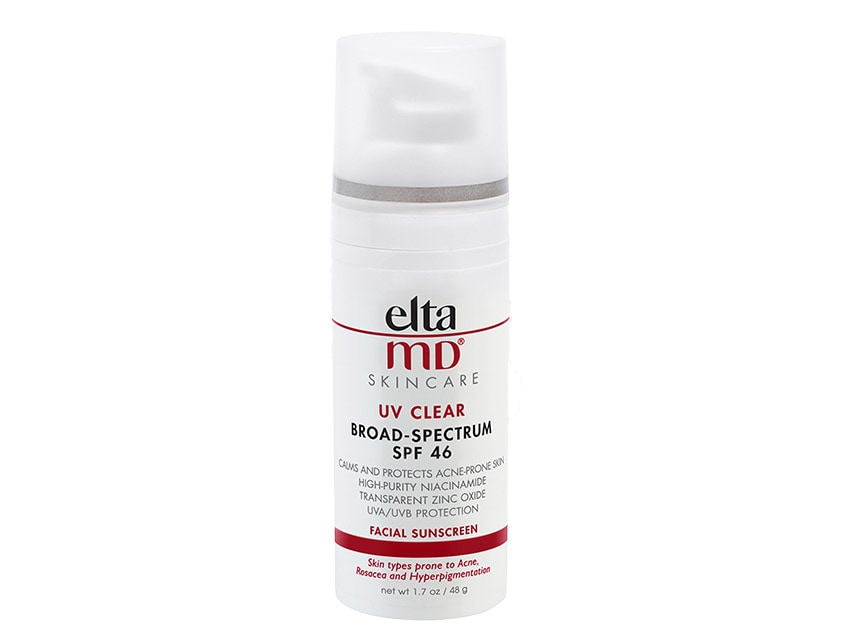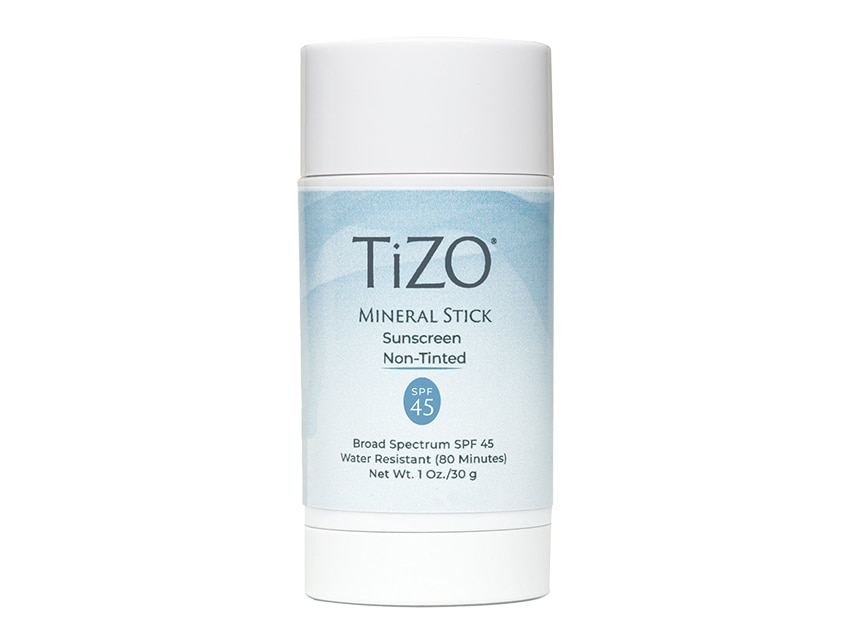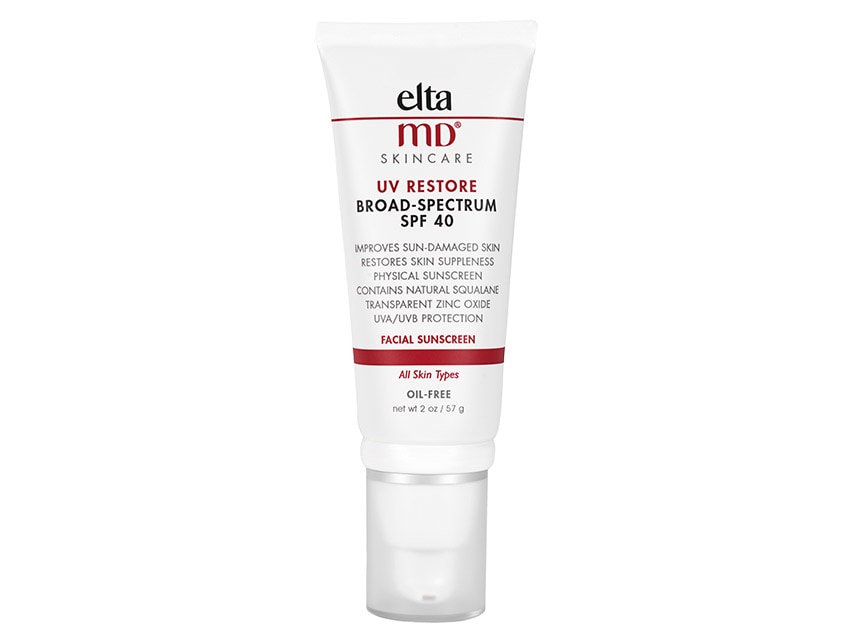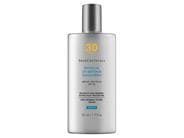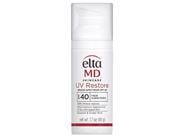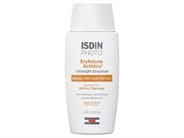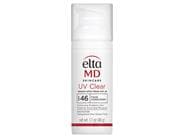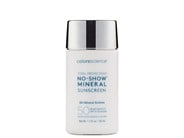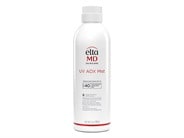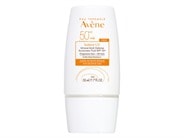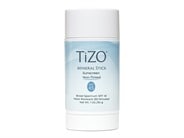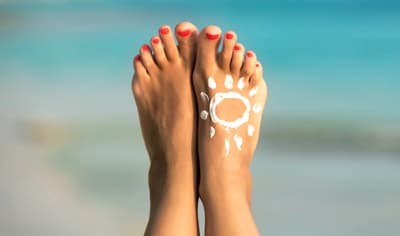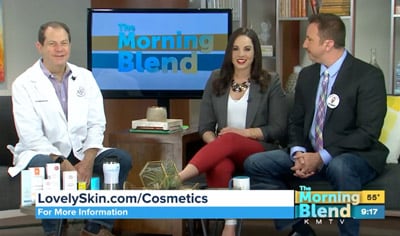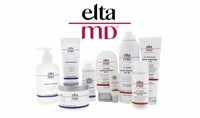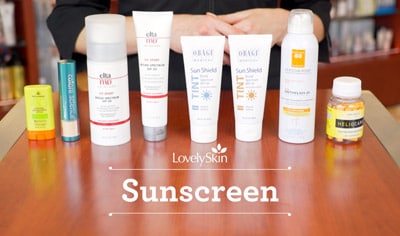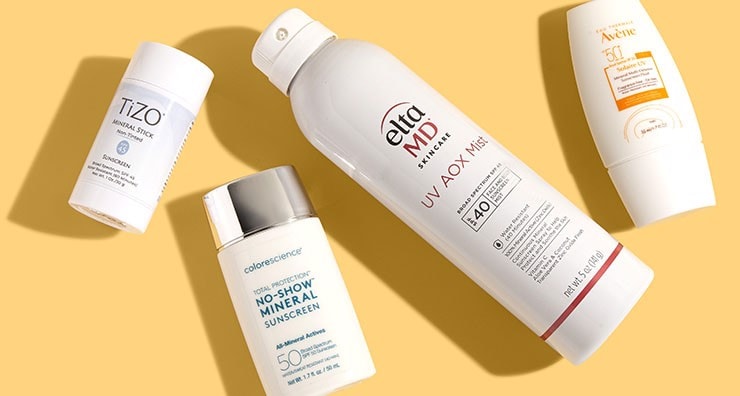
SPF 15, SPF 30, SPF 50 … have you ever stood in the sunscreen aisle wondering, “What does SPF mean?” If so, now’s a great time to bring yourself up to speed on the basics. The SPF number ratings you see on sunscreen bottles are important, but they’re not the only factor to consider when it comes to selecting a sunscreen that will help protect your skin from the damaging rays of the sun. With the help of board-certified dermatologist and LovelySkin CEO Dr. Joel Schlessinger, we’re answering some important questions about sunscreen, including:
- What does SPF mean?
- What does SPF 30 mean?
- What is broad-spectrum sunscreen?
- What are the best sunscreens to use?
- What are other forms of sun protection?
What does the SPF number mean?
According to Dr. Schlessinger, “SPF is an outdated and incomplete way to think of sun protection, but for now, it is all that we have. Truly, there ought to be better ways to classify sun protection, but we are working with an antiquated system and until the FDA allows for a better one, we are just stuck with this.”
SPF is an acronym that stands for sun protection factor. SPF is measured numerically and indicates how long your skin would take to burn with sunscreen versus without. For example, let’s say your skin typically burns after ten minutes in the sun. That means an SPF 15 sunscreen would protect you for fifteen times that or 150 minutes. The higher the SPF, the more protection a sunscreen provides against sunburn. “Regardless of SPF value, I recommend reapplying your sunscreen at least every ninety minutes to two hours, or sooner if you’ve been sweating or in the water,” Dr. Schlessinger says. “After being applied, the ingredients in sunscreen start to break down and reapplication will give you continued protection throughout the day.”
What does SPF 30 mean?
The American Academy of Dermatology recommends using a sunscreen of at least SPF 30. No sunscreen, no matter how high the SPF, blocks 100 percent of the sun’s rays, and as SPF rises, the amount of protection levels off. For instance, a sunscreen with SPF 15 blocks about 93 percent of the sun’s UVB rays, which are responsible for causing sunburn. An SPF 30 sunscreen blocks about 97 percent of UVB rays, and SPF 50 blocks about 98 percent of rays. When selecting a sunscreen, however, you need to look beyond just the SPF number—read on below to find out why.
What is broad-spectrum sunscreen?
Though the SPF value on a sunscreen is important, it isn’t the only thing you should be looking for when choosing a sunscreen. The sun emits two types of UV rays: UVA and UVB. While UVA light is associated with aging and UVB causes burning, both types of rays can cause skin damage that can lead to skin cancer.
The SPF rating on a sunscreen actually only reflects the amount of UVB protection it provides—there is currently no number or rating associated with UVA protection. Dr. Schlessinger recommends sunscreens that have a designation of “broad-spectrum” UVA protection. “Sadly, there just isn't an easy way to know what UVA protection is offered just from looking at the sunscreen label, and that is why we are very picky about what we sell and recommend on LovelySkin.com,” Dr. Schlessinger says.
Broad-spectrum protection is essential because it indicates the sunscreen protects against UVA rays as well as UVB rays. A sunscreen may provide an SPF upwards of 50, but if it only offers UVB protection, your skin is still susceptible to UVA rays capable of causing sun damage and aging the complexion. “You can have a million SPF and terrible UVA protection and still end up getting huge amounts of sun damage,” Dr. Schlessinger says. “While you probably won't burn as much if you constantly reapply—as SPF protects against UVB which causes burning—UVA rays cause signs of aging and skin cancer as well. You really need a sunscreen with both, or you will have issues in the future.”
What are the best sunscreens to use?
When choosing a sunscreen, you’ll want to look for an SPF of 30 or higher as well as the keywords “broad-spectrum” on the label, which indicate that the sunscreen will protect your skin against both UVA rays, which age the skin, and UVB rays, which burn the skin. The active ingredients in broad-spectrum sunscreens include mineral-derived blockers such as titanium dioxide and zinc oxide as well as chemical blockers such as oxybenzone, octocrylene, avobenzone, homosalate and octinoxate. (You can learn more about the difference between mineral and chemical sunscreens here).
To keep you safe in the sun this summer and beyond, here are some of our favorite broad-spectrum sunscreens.
Best body sunscreen for the beach: EltaMD UV AOX Mist Face & Body Broad Spectrum SPF 40
For active beach days, it’s hard to beat the convenience of a spray-on sunscreen. This broad-spectrum sunscreen from EltaMD contains no chemical propellants and instead uses bag-on-valve technology to power the all-angles spray so you can cover hard-to-reach areas like your back. It’s water-resistant for forty minutes and protects your skin from UVA and UVB rays with zinc oxide, a mineral sunscreen.
Best sunscreen for wearing under makeup: Colorescience Total Protection No-Show Mineral Sunscreen SPF 50
If you wear makeup on a daily basis, finding a face sunscreen that serves as a smooth base without pilling or caking is crucial. This all-mineral sunscreen employs 10% zinc oxide to provide broad-spectrum sun protection against UVA and UVB rays. What makes it wear so well under makeup is Colorescience’s proprietary EnviroScreen Technology, which protects your skin without the white, chalky finish that many zinc oxide-based sunscreens can leave behind. If you’re headed to the beach or pool, you’ll want to know that this sunscreen is water-resistant for up to forty minutes.
Best sunscreen for sensitive skin: Avene Solaire UV Mineral Multi-Defense Sunscreen Fluid SPF 50 Non-Tinted
If you have reactive skin that’s easily irritated, you’ll want a sunscreen that is specifically formulated for sensitive skin, like this one from French skin care brand Avene . It protects your skin from UVA and UVB rays with broad-spectrum coverage thanks to 12% zinc oxide, and the addition of skin-soothing ingredients such as bisabolol and niacinamide will help reduce redness and potential irritation. This formula is also water-resistant for up to forty minutes.
Best sunscreen for mature skin: ISDIN Eryfotona Actinica Ultralight Emulsion Mineral Broad Spectrum SPF 50+
For mature skin that’s already showing some signs of photodamage such as dark spots and fine lines, this broad-spectrum sunscreen offers anti-aging benefits as well as sun protection for both face and body. An innovative formula pairs 11% zinc oxide with DNA Repairsomes, a blend of enzymes that are clinically proven to help repair existing photodamage on the skin. The addition of plankton extract, vitamin C and vitamin E also provide antioxidant benefits to help reduce the signs of free radical damage, including discoloration and wrinkles.
Best sunscreen for post-procedure skin: SkinCeuticals Physical UV Defense SPF 30
If your skin tends toward the dry side or you’ve had in-office procedures recently that have left your skin feeling tender, this could be the right sunscreen match for you. This gentle, nourishing formula provides all-day sun protection with zinc oxide and titanium dioxide and also boosts moisture content with hyaluronic acid. It’s also fragrance-free, making it a solid choice for anyone who is sensitive to scented sunscreens.
Best sunscreen for acne-prone skin: EltaMD UV Clear Broad-Spectrum SPF 46 Sunscreen
This facial sunscreen goes on clear and incorporates blemish-blasting niacinamide into its formula to help prevent breakouts in addition to protecting your skin. It contains both chemical and physical blockers in the form of octinoxate and transparent zinc oxide, respectively. In addition to preventing future skin damage by blocking the sun’s harmful UVA and UVB rays, it also helps correct existing damage with lactic acid and vitamin E . “While it isn't waterproof, it is great for a day out with minimal sweating,” Dr. Schlessinger says. “If you are playing a really active sport and sweating, you should reapply it every thirty minutes. Otherwise, it should last up to eighty minutes.”
Best sunscreen for summer camp: TIZO Mineral Stick SPF 45
If you’re sending your child or teen off to summer camp, they’re likely to spend long days out in the sun and need a sunscreen that’s easy to apply and convenient to stash in a belt bag or backpack. The stick formulation makes it especially easy to apply to areas that are easily overlooked but at especially risk for sunburn, such as the hairline, part, ears and backs of hands. It protects with a blend of mineral blockers—4% titanium dioxide and 5.5% zinc oxide. Plus, it comes in both tinted and non-tinted formulas. It also provides up to eighty minutes of water-resistance, making it a great option for all the lake swims, kayak trips and water balloon fights that summer camp may have in store.
Best sunscreen for hyperpigmentation: EltaMD Restore Broad Spectrum SPF 40 Anti-Aging Facial Moisturizer
If dark spots and uneven skin tone are a concern for you, this multitasking facial sunscreen could make a smart addition to your skin care regimen. It protects against both UVA and UVB rays with a blend of 2% titanium dioxide and 15% zinc oxide and also contains ginger root extract to help diminish the appearance of dark spots, discoloration and redness. What’s more, squalane helps boost your skin’s moisture retention abilities for smoother, softer skin.
What else can I do to enhance my sun protection?
Wearing sunscreen and reapplying it often is just one part of practicing sun safety. Here are some other tips from Dr. Joel Schlessinger to help you stay safe in the sun:
- Seek the shade during the sun’s peak hours, 10 a.m. to 2 p.m.
- Protect your eyes by wearing sunglasses.
- Cover your skin with UPF-protective clothing when possible, including long-sleeve rashguards for swimming.
- A wide-brimmed hat provides an extra layer of protection, shading areas of skin that easily burn such as your ears, nose and neck.
Have you heard of sunscreen pills? You can learn more about dietary supplements such as Heliocare that can help protect your skin from photoaging and skin cancer on the LovelySkin Blog.
Shop this blog

About the Author
Aaron serves as Editor at LovelySkin. Since graduating from the University of Nebraska at Omaha in 2016 with degrees in Creative Writing and English, he has immersed himself in the beauty industry. When he’s not writing about the latest beauty trends, he spends time cuddling his dogs, scouring antique stores, playing tennis and hiking.
Other Posts by AaronIntroducing a new sunscreen for kids
Get ready for your day with SkinCeutical...
Follow us on social
Follow us on social networks and be one of the first to learn about sales, giveaways, and free samples

